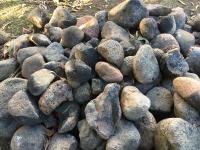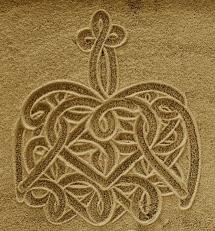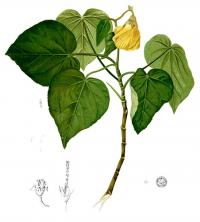Your search for * in myth has returned 14 entries
Asu
name of mythical devil/giant who lived on Maewo Island, his dead body gave rise to coconut
bookmarkborongoru
noun 1. a special kind of kava, originating from the body of mythical woman Tarena, 2. dry area inside the kava root, attributed to its origin from Tarena
bookmarkBule
noun 1. mythical people who came from a stone in Central Pentecost, 2. name of one of two present day Raga tribes (see Tabi)
bookmarkLolbuavatu
noun name of northernmost Raga village on Pentecost Island. Also home to the last of the mythical Vwariringi people.
bookmarkmalangan Mwae
noun caves where the Mwaes (mythical people) hide
bookmarkmalangan Sarivanua
noun caves where the Sarivanua (mythical people) hide
bookmarkMwae
noun mythical people representing the second stage in the creation of humans. They are said to be normal sized with regular hair, much fairer skinned, and created by the vatu (stone people). Said to still exist, hiding in caves, and may appear to islanders in the form of a familiar person.
bookmarknamele
type of plant (Cycas) the leaves of which married each other in mythical times
bookmarkSarivanua
noun mythical people representing the second stage in human evolution. Said to be normal sized, dark, but with long and curly hair onto their shoulders, created by the vatu (stone people)
bookmarkTabi
noun 1. mythical people who came from a stone in Central Pentecost, 2. one of two present-day Raga tribes
bookmarkTarena
noun mythical person, wife of Asu, the devil/giant of Maewo Island, her dead body gave rise to kava
bookmarkvatu

Vwariringi
mythical people representing the second stage in the creation of humans. Said to be small (dwarfs), dark-skinned people of Pentecost Island, created by the vatu (stone people). Said to hide in caves and live in Lolbuavatu village
bookmark




